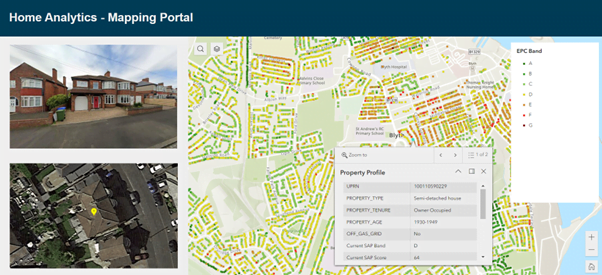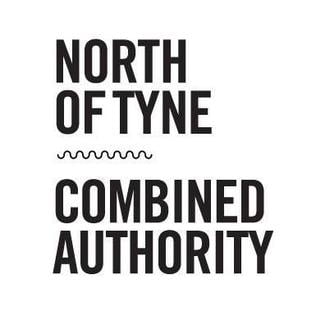With our Portfolio Energy Assessment Tool (PEAT), you can model and compare the outcomes for different retrofit scenarios based on your home energy data. You can then use the results to determine the most effective strategy for your energy efficiency or decarbonisation programme.
PEAT models individual properties, up to complete portfolios. It can also consider specific areas or neighbourhoods.
PEAT translates Home Analytics data into SAP inputs.
It uses a SAP calculation engine to recommend a package of retrofit measures for each home and allows the available measures package to be tailored to your needs.
With PEAT you can:
- Use our standard measures to cost set, or use your own.
- Take into account scheduled stock investments, such as window or boiler replacements, to optimise resource use.
- Get reporting on retrofit costs, bill savings, CO2 reductions and calculated SAP and space heating demand improvements for each property.
- See models for several different retrofit scenarios based on your target SAP score, space heating demand and budget.
Is the Portfolio Energy Assessment Tool right for you? Get in touch with us to find how out how we can help.
Contact us




